Recharge idea resurfaces at BBARWA
(Note: This is about property rights, resource providing and the inseparable nature of the two. Take water rights, which is part of the bundle of property rights, and resource providing -- part of independence and freedom -- will soon be "gone with the wind." Eighteen pertinent definitions have been selected and added below the article. Federal agencies did their homework well and are using the "special use permit" as a leverage tool to keep hydroelectric power out. Selling a permit for water use is conceding control and ownership of the resource -- in this case, water -- to a federal agency, or landlord, thereby reducing all water users impacted by the permit to tenant status. Of the three acronyms listed below, only the first one is explained in the article. The other two I learned by phoning the newspaper.)
BBARWA – The Big Bear Area Regional Wastewater Agency (California)
CSD – Community Service District
DWP – Department of Water and Power
January 29, 2008
By Brian Charles briancharles@bigbeargrizzly.net or 909-866-3003 + Ext. 134
Big Bear Grizzly
P.O. Box 1789
Big Bear Lake, California 92315
909-866-3456 or 909-866-3003 + Ext. 137
Fax: 909-866-2302
http://www.bigbeargrizzly.net
To submit a Letter to the Editor: jbowers@bigbeargrizzly.net
Liz Harris isn’t comfortable with the future of water in Big Bear Valley. She is so uncomfortable that Harris said she can’t support Bear Valley Electric Service’s plans to use wastewater to make electricity.
Harris is on the Big Bear Lake City Council and also chairs the Big Bear Area Regional Wastewater Agency board. BBARWA is considering allowing Bear Valley Electric Service to use water sent through the outfall line to turn turbines for hydroelectricity. But Harris balks at the idea of committing secondary effluent water to energy production.
“I am concerned our only renewable resource is for sale,” Harris said. What looks worse is that Bear Valley Electric is owned by another water company, Golden Sate Water, she added.
Harris said water rights are complicated, and entering into an agreement with another water agency can be dangerous.
The outfall line sends secondary effluent from Big Bear to alfalfa fields in Lucerne Valley.
BBARWA was given a special use permit by the United States Forest Service in 1978, with the condition that BBARWA continues to look for ways to keep the water in the Valley to support wildlife and plants, said BBARWA General Manager Steve Schindler.
The special use permit has been administratively renewed since 1978 when BBARWA pays the permit fee. But at any time the permit could be reopened and examined, Schindler said. Going forward with a hydroelectric project will prompt a reopening, he said.
BBARWA considered producing electricity along the outfall line when it was constructed. The Forest Service objected because making power from the line creates an economic incentive to send water out of the Valley indefinitely, Schindler said.
The special use permit isn’t the only obstacle stopping the use of the outfall line. The joint powers agreement involving the CSD, the DWP and BBARWA is another hurdle, Schindler said. BBARWA owns the water once it is treated. The CSD and the DWP have first rights to reclaim the same portion of water each agency puts into BBARWA’s system. However, if BBARWA agrees to deliver water to turn Bear Valley Electric Service’s turbines, that agreement supersedes BBARWA’s obligation to the CSD and DWP, Schindler said. Whatever amount BBARWA agrees to release, the CSD and DWP divide what’s left, he said.
BBARWA board member Rick Herrick said he wants to look at the special use permit and the joint powers agreement before entering into an agreement with Bear Valley Electric Service.
However, BBARWA board member Rick Ollila said Herrick and Harris are determined to find ways not to commit water to the project. Herrick and Harris are determined to have a recharge project in the Valley, Ollila said.
Ollila said his interpretation of the joint powers agreement doesn’t prohibit BBARWA from entering into an agreement with Bear Valley Electric Service. The BBARWA renewable energy committee, which Herrick is on, would be responsible for drafting a contract with Bear Valley Electric Service. Language could be included in the contract that allows BBARWA to withhold the water if necessary, Ollila said. “If Herrick does his job, we shouldn’t have a problem,” he said.
Herrick said he doesn’t want to rush into an agreement with Bear Valley Electric Service that BBARWA doesn’t intend to honor. BBARWA might not be selling the water to Bear Valley Electric Service, but once the water is being delivered it can’t just be turned off, he said.
Ollila said he isn’t opposed to looking at recharge as an option again. If Harris’ water summit happens , all the water agencies in the Valley can get an accurate look at the water supply. During the last recharge study the need was never discussed, he said.
The United States Geological Survey study of the Big Bear basin will be available soon, so there is more scientific data. “If the scientific evidence proves that we need to do recharge, I would be for it,” he said.
Harris said a meeting between the DWP and the City Council February 4 will be a precursor to a Valleywide water summit. “It’s not just a legal issue, it’s a moral issue,” Harris said.
Copyright 2008, Big Bear Grizzly.
http://www.bigbeargrizzly.net/articles/2008/01/29/news/bbarwaelectric.txt
Related Definitions:
Aquifer Recharge Area – The surface area (land or water) through which an aquifer is replenished. – New Jersey Department of Community Affairs: Office of Smart Growth http://www.state.nj.us/dca/osg/plan/stateplan/appendices_glossary.shtml
Correlative Rights Doctrine – The correlative rights doctrine gives each overlying property owner a common right to the reasonable, beneficial use of the basin supply on the overlying land. This is similar to the doctrine of riparian rights to surface water. All overlaying landowners have equal rights to percolating ground water and all must share in any water shortages [Tehachapi-Cummings County Water District v. Armstrong, 49 Cal. App. 3d 992, 1001 (1975)]; however, overlying landowners do not have a right to maintenance of the natural water table. [Katz v.Walkinshaw 141 Cal. 116 (1903) [74 P. 766].] The States that have adopted the correlative rights doctrine include Arkansas, California, Delaware, Minnesota, Missouri, Nebraska, and New Jersey. [A. Tarlock at §4.06(2).] – Technical Guide to Ground Water Resource Management, USDA Forest Service, Minerals and Geology Management: Watershed, Fish, Wildlife, Air, and Rare Plants – Engineering. FS-881 May 2007. http://www.fs.fed.us/biology/resources/pubs/watershed/groundwater/ground_water_technical_guide_fs-881_march2007.pdf (Page 228/238 of 295 pages; 7.74 MB)
Land – Real property or any interest therein. http://www.access.gpo.gov/nara/cfr/waisidx_01/25cfr151_01.html
Landowner – A private owner of land; in the context of national parks this term is often used as a synonym for "inholder;" an individual who holds title to privately-owned land located within the boundaries of a national park. – National Park Service (NPS), Final Lake Crescent Management Plan Environmental Impact Statement Glossary http://www.nps.gov/archive/olym/lceis/lcgloss.htm 2. Person who has title to land recognized by the prevailing legal system. – Appendix H (Biological Assessment and Evaluation for Revised Land and Resource Management Plans and Associated Oil and Gas Leasing Decisions) http://www.fs.fed.us/ngp/final/pdf_feis/Appendix_H.pdf
Property – Something that is owned or possessed. Property may be real (land), personal, tangible (touchable), or intangible (such as the interest in a play or other creative work). – U.S. Treasury OTS (Office of Thrift Supervision, in charge of banks, savings and loan associations, etc.) http://www.ots.treas.gov/glossary/gloss-p.html
Recharge – Process by which rain water (precipitation) seeps into the groundwater system. http://www.epa.gov/ogwdw/pubs/gloss2.html 2. The addition to, or replenishing of, water in an aquifer. – City of Scottsdale, Arizona, Planning, Building and Zoning Reference Guide Glossary. http://www.scottsdaleaz.gov/generalplan/Glossary.asp 3. The processes of water reentering the voids in an aquifer, which causes the water table to rise in elevation. – CALFED (Joint Federal and State program to address water-related issues in the Delta of the Sacramento-San Joaquin rivers), Upper San Joaquin River Basin Storage Investigation, Phase 1 Investigation Report (Page 124 of 128, Glossary covering Pages 116-127; 4.5 MB) http://calwater.ca.gov/Tribal/CALFED_Water_Storage_Projects/San_Joaquin/Phase_I_Investigation_Report.pdf
Recharge [hydrology] – Process by which water is added to the zone of saturation to replenish an aquifer. – U.S. Geological Survey, National Handbook of Recommended Methods for Water Data Acquisition, 11.M. Glossary http://pubs.usgs.gov/chapter11/chapter11M.html
Recharge area – Generally, an area that is connected with the underground aquifer(s) by a highly porous soil or rock layer. Water entering a recharge area may travel for miles underground. http://www.epa.gov/ogwdw/pubs/gloss2.html
Recharge areas – Areas in which water on the ground surface (e.g., precipitation or a water body) infiltrates downward and replenishes an aquifer. – U.S. Department of Energy (DOI) Remediation of the Moab Uranium Mill Tailings, Grand and San Juan Counties, Utah Draft Environmental Impact Statement http://www.eh.doe.gov/nepa/docs/deis/eis0355d/vol_1/chap10.pdf
Recharge rate – The quantity of water per unit time that replenishes or refills an aquifer. http://www.epa.gov/ogwdw/pubs/gloss2.html
Special Use Permit – A permit issued under established laws and regulations to an individual, organization, or company for occupancy or use of National Forest System lands for some special purpose. – Bureau of Land Management "This glossary defines terms used by the Forest Service and Bureau of Land Management to explain natural resource concepts and management activities specific to this final environmental impact statement and proposed plan amendment." http://www.mt.blm.gov/ea/ohv/Glossary.pdf (Page 6/198 of 7 pages; 68 KB)
Water-resources region [management] – Designated natural drainage basin or hydrologic area that contains either the drainage area of a major river or the combined drainage areas of two or more rivers; of 21 regions, 18 are in the conterminous United States, and one each are in Alaska, Hawaii, and the Caribbean. – U.S. Geological Survey, National Handbook of Recommended Methods for Water Data Acquisition, 11.M. Glossary http://pubs.usgs.gov/chapter11/chapter11M.html
Water-resources subregion [management] – The 21 designated water-resources regions of the United States are subdivided into 222 subregions. Each subregion includes that area drained by a river system, a reach of a river and its tributaries in that reach, a closed basin(s), or a group of streams forming a coastal drainage system. – U.S. Geological Survey, National Handbook of Recommended Methods for Water Data Acquisition, 11.M. Glossary http://pubs.usgs.gov/chapter11/chapter11M.html
Water right – Any vested or appropriation right under which a person may lawfully divert and use water. It is a real property right appurtenant to and severable from the land on or in connection with which the water is used; such water right passes as an appurtenance with a conveyance of the land by deed, lease, mortgage, will, or inheritance. – http://www.fws.gov/pacific/bulltrout/colkla/recovery/chapters/Chapter_1/C1_Appendix_1_Glossary.pdf (page 11/106; 116 KB)
Water use [general] – (1) In a restrictive sense, the term refers to water that is actually used for a specific purpose, such as for domestic use, irrigation, or industrial processing. (2) More broadly, water use pertains to human's interaction with and influence on the hydrologic cycle, and includes elements such as water withdrawal, distribution, consumptive use, wastewater collection, and return flow. – U.S. Geological Survey, National Handbook of Recommended Methods for Water Data Acquisition, 11.M. Glossary http://pubs.usgs.gov/chapter11/chapter11M.html
Water-Use Facilities – These are facilities and structures which include diversion and discharge structures, ditches, and pipes. – Appendix H (Biological Assessment and Evaluation for Revised Land and Resource Management Plans and Associated Oil and Gas Leasing Decisions) http://www.fs.fed.us/ngp/final/pdf_feis/Appendix_H.pdf
Waters of the state – Any ground or surface water, including saline water, within the boundaries of the state. – Trinity River Total Maximum Daily Load for Sediment, U.S. Environmental Protection Agency, Region IX, December 20, 2001. http://www.epa.gov/region9/water/tmdl/trinity/finaltrinitytmdl.pdf (Page 76 of 81 pages; 320 KB)
Waters of the United States – Waters used for navigation and all other waters such as lakes, streams (including intermittent streams), mudflats, sandflats, wetlands, sloughs, prairie potholes, wet meadows, playa lakes or natural ponds, and their tributaries. – Appendix H (Biological Assessment and Evaluation for Revised Land and Resource Management Plans and Associated Oil and Gas Leasing Decisions) http://www.fs.fed.us/ngp/final/pdf_feis/Appendix_H.pdf
Additional related reading:
More snow = water
Big Bear Grizzly, USA - 12 hours ago
By BRIAN CHARLES and KATHY PORTIE The snow and ice on Big Bear Lake can be seen from high atop Snow Summit Resort. The view is spectacular, but the benefits ...
What to do with BBARWA water
Big Bear Valley News, CA - 13 hours ago
By Danielle Seckler At the Big Bear Area Regional Wastewater Agency (BBARWA) meeting held on Wednesday, Jan. 23, the topic of discussion was the water that ...
Posts and Comments from Readers
Please include yourself in the discussion. Post a comment.
Friday, February 1, 2008
The Big Bear Area Regional Wastewater : FEDS V. CITIZENS OF CA
Labels:
BIG BEAR,
FEDERAL IMPOSITION,
LEGAL FICTION,
water
Subscribe to:
Post Comments (Atom)




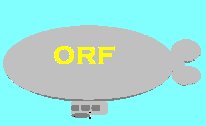

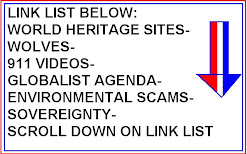


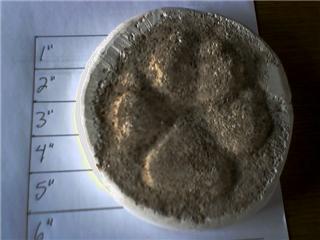


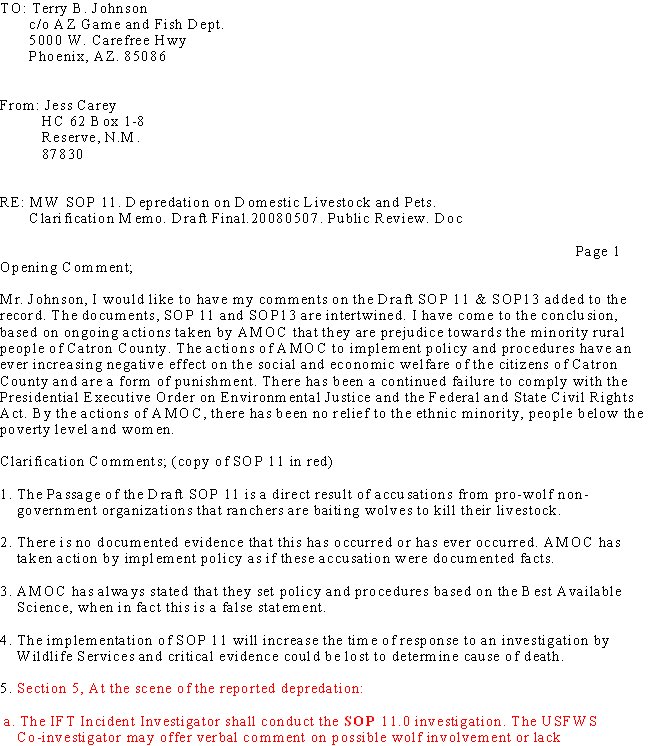
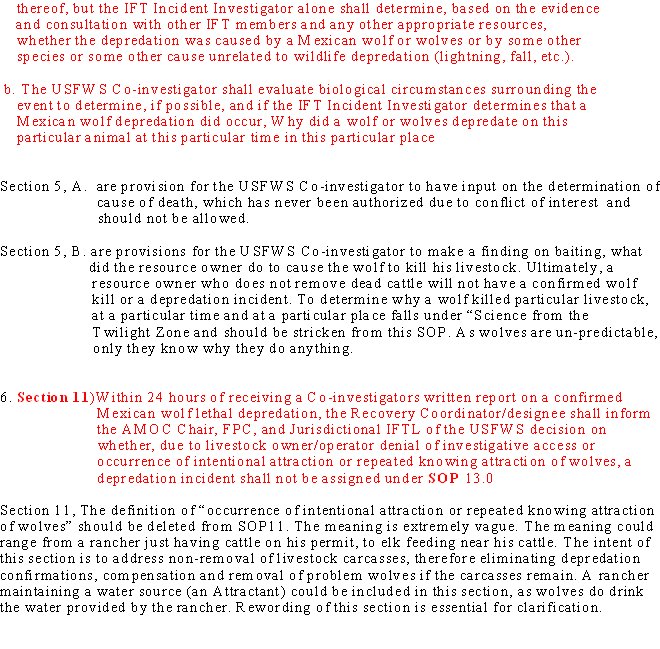
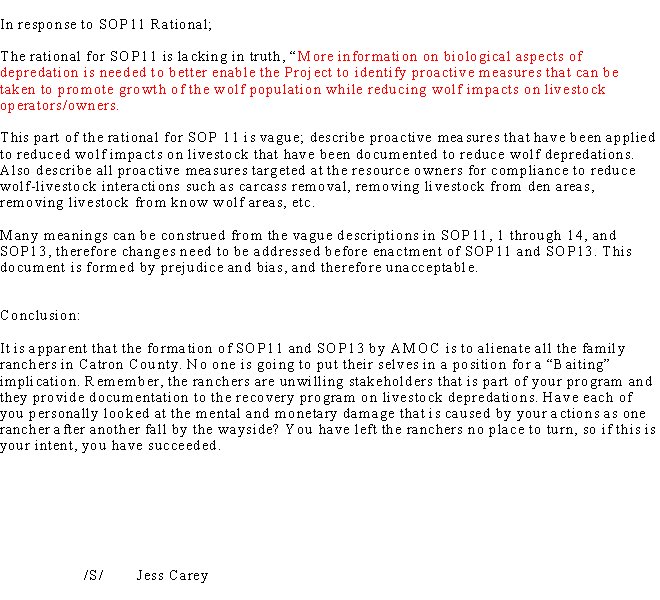

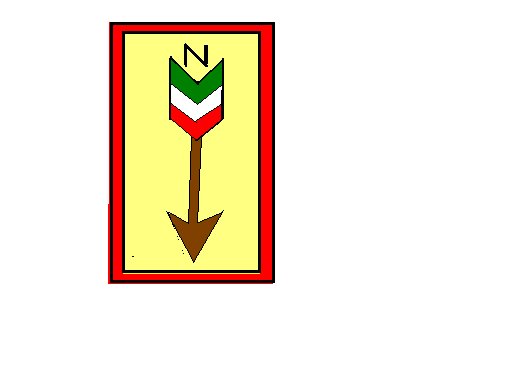


.jpg)


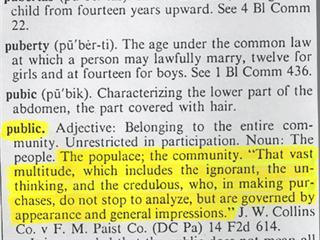












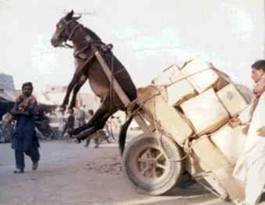

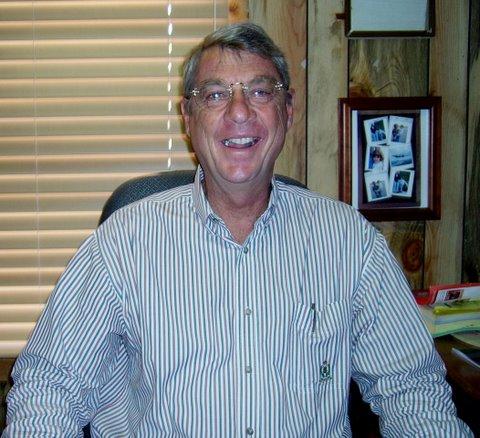
No comments:
Post a Comment